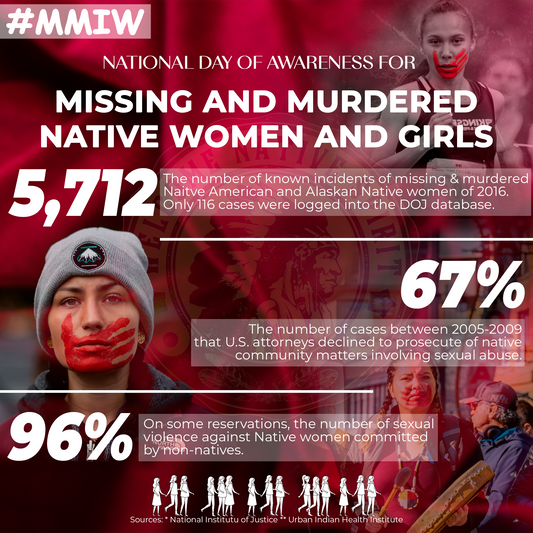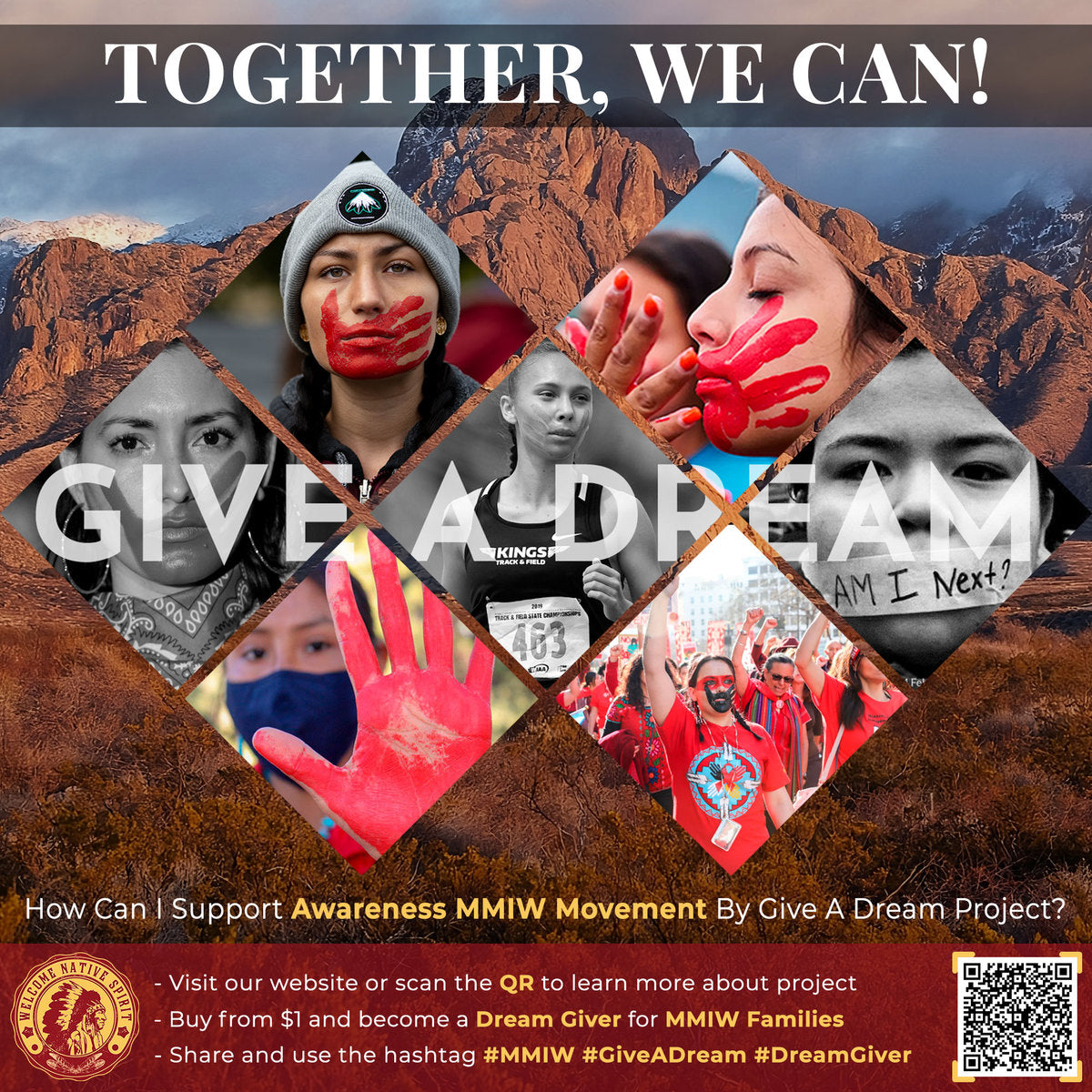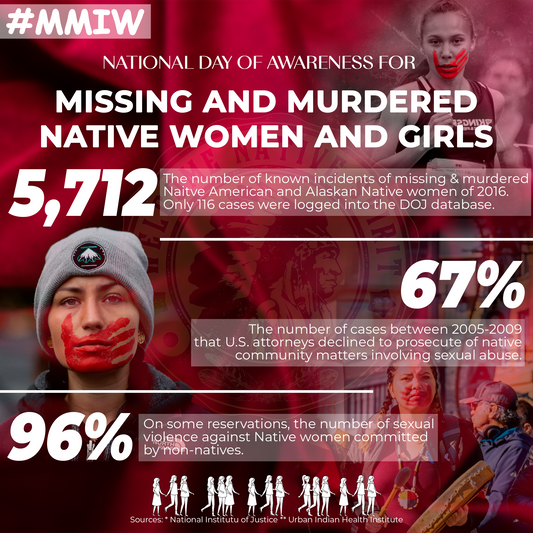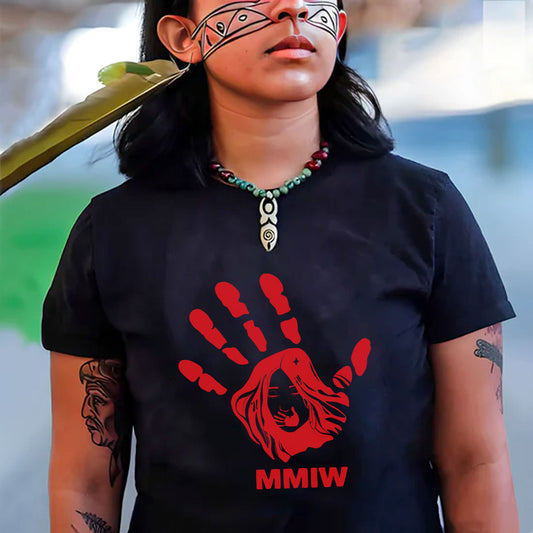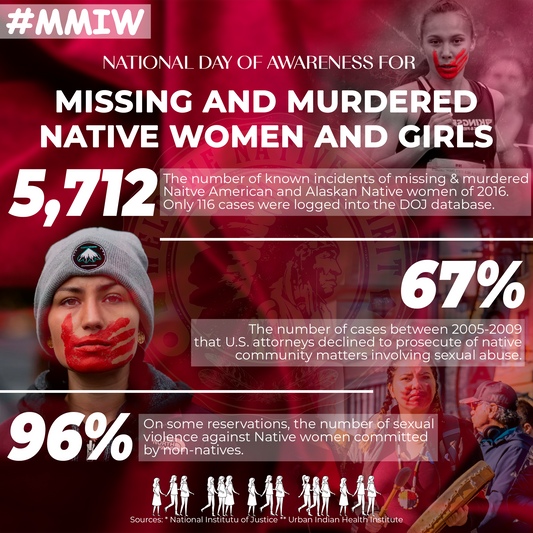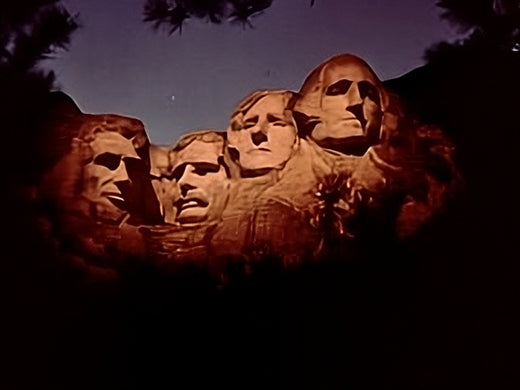The faces of four U.S. presidents gaze from a granite face mountain in the Black Hills of South Dakota. To some, Mount Rushmore is hailed as the “Shrine of Democracy.” To American Indians, the monument is typically considered a shrine of illegal occupation.
So while Mount Rushmore attracts some 3 million visitors annually as a tourist destination, it has also been the site of multiple American Indian protests and occupations. Among the most notable in the 20th century, were in 1970 and 1971, when Native American activists climbed and then occupied Mount Rushmore as a protest against what they declared as the theft and desecration of a spiritual site.
The 1868 Treaty of Fort Laramie
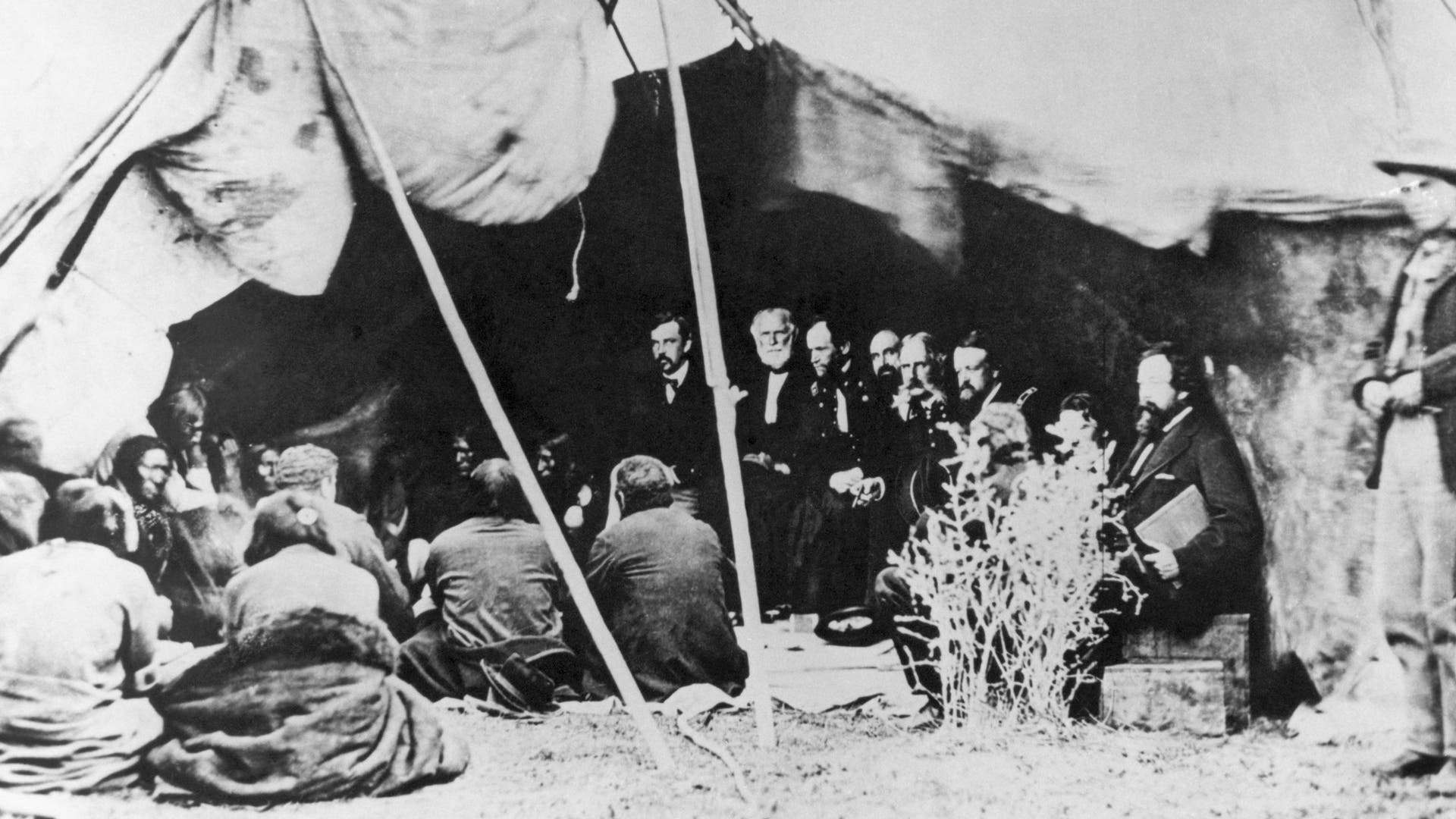
Tribes such as the Shoshone, Salish, Kootenai Crow, Mandan, Arikara, and the Lakota have long lived around the Black Hills, a sanctuary the Lakota call “The Heart of Everything That Is.” Indigenous people knew the land centuries before white people had ever seen it, says Gerard Baker, a Mandan-Hidatsa Indian who served as Superintendent at Mount Rushmore National Memorial from 2004 to 2010.
The Black Hills were reserved for the Lakota (also known as the Teton Sioux) in the 1868 Treaty of Fort Laramie. But the discovery of gold in the region prompted U.S. prospectors to soon overrun the area, and the government began forcing the Sioux to give up their claims on the land.
Warriors, including Sitting Bull and Crazy Horse led resistance against the land seizures, but, by 1877, the U.S. government had officially confiscated the land. Ever since, the Sioux and other American Indian activists have protested the U.S. government's claim to their ancestral lands.
American Indian Protests of 1970s
On August 29, 1970, a group of Native Americans, led by the San Francisco-based United Native Americans, ascended 3,000 feet to the top of Mount Rushmore and set up camp to protest the broken Treaty of Fort Laramie. The following year, on June 6, 1971, a group of Native Americans, led by the American Indian Movement (AIM), occupied the carved Mount Rushmore to demand the 1868 treaty be honored. Twenty Native Americans—nine men and 11 women—were eventually arrested and charged with climbing the monument.

Marcella Gilbert, a Lakota and Dakota community organizer, recalled watching televised coverage of her mother, AIM leader, Madonna Thunderhawk, occupying Mount Rushmore in 1970. The following year, at age 12, Gilbert participated in the next occupation. She remembers the event as being “cool,” but also a little tense. Upon a “let’s go” order, she ran with others to the top of the site.
She recalls that adults taking part in the occupation eventually noticed police and National Park Service rangers gathering below. A decision was made to take the younger members, including Gilbert, back down the mountain before the police arrived.
When an adult returned down the mountain with the children, Gilbert recalls watching from hidden locations as federal agents raided their camp. “We were in the trees,” says Gilbert. “I remember them tearing through our tents, just like they did at Standing Rock. Taking all the food, breaking into the shed.”
In 1980, the U.S. Supreme Court awarded the Great Sioux Nation $105 million as compensation for their loss of the Black Hills, a sum that was rejected by the Sioux Nation. The tribes instead continued to demand the return of the land, and the rejected money remains in a government bank account.
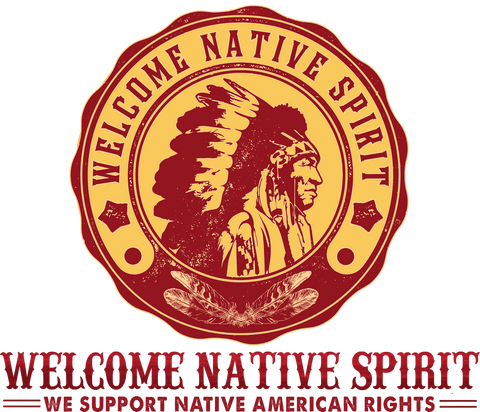

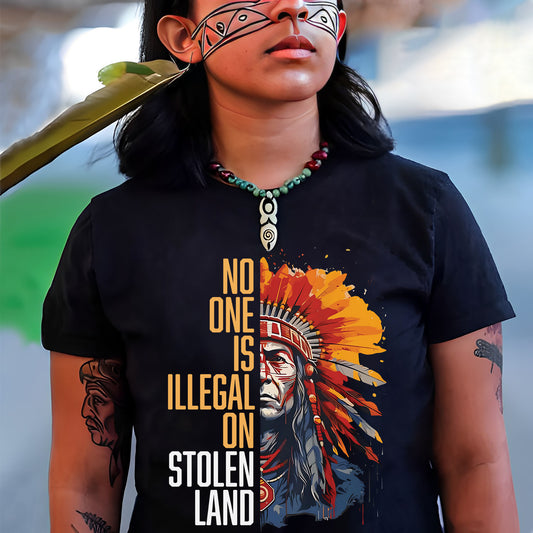

![[Two Sides] Trail of Tears The Deadly Journey Unisex T-shirt/T-shirt V-Neck/Hoodie/Sweatshirt](http://welcomenativespirit.com/cdn/shop/files/20_2bae9cf5-c07c-4ea5-a8ea-de74aa71325d_533x.jpg?v=1757466962)
![[Two Sides] Trail of Tears The Deadly Journey Unisex T-shirt/T-shirt V-Neck/Hoodie/Sweatshirt](http://welcomenativespirit.com/cdn/shop/files/gray_-2side_b51af6c7-cea9-4004-90db-cb8d883be04a_533x.png?v=1759742586)

